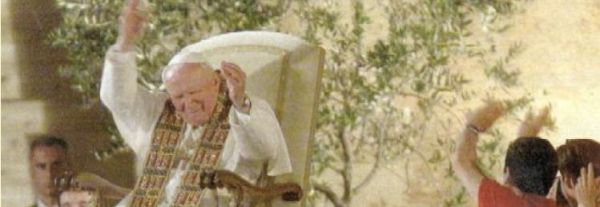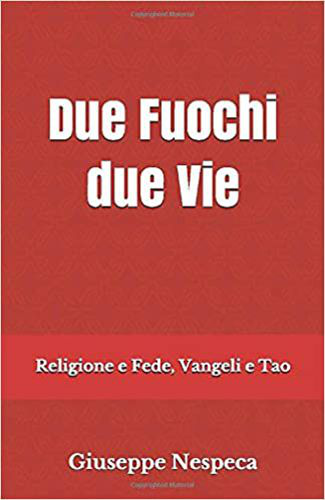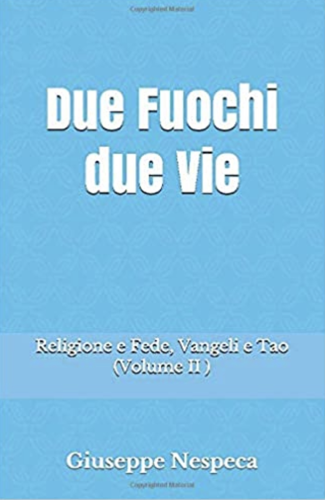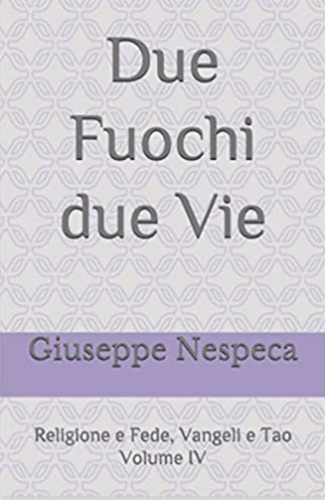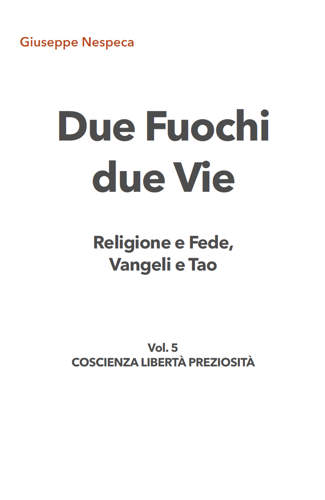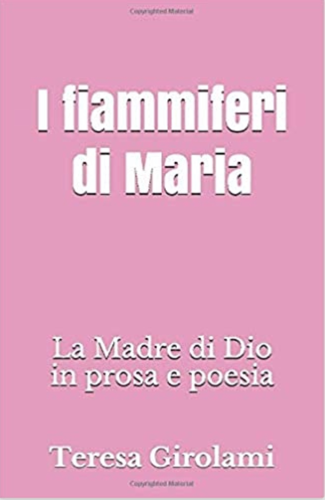8. Redemption as a new creation
The Redeemer of the world! In him has been revealed in a new and more wonderful way the fundamental truth concerning creation to which the Book of Genesis gives witness when it repeats several times: "God saw that it was good"38. The good has its source in Wisdom and Love. In Jesus Christ the visible world which God created for man - the world that, when sin entered, "was subjected to futility" - recovers again its original link with the divine source of Wisdom and Love. Indeed, "God so loved the world that he gave his only Son". As this link was broken in the man Adam, so in the Man Christ it was reforged. Are we of the twentieth century not convinced of the over poweringly eloquent words of the Apostle of the Gentiles concerning the "creation (that) has been groaning in travail together until now" and "waits with eager longing for the revelation of the sons of God", the creation that "was subjected to futility"? Does not the previously unknown immense progress-which has taken place especially in the course of this century-in the field of man's dominion over the world itself reveal-to a previously unknown degree-that manifold subjection "to futility"? It is enough to recall certain phenomena, such as the threat of pollution of the natural environment in areas of rapid industrialization, or the armed conflicts continually breaking out over and over again, or the prospectives of self-destruction through the use of atomic, hydrogen, neutron and similar weapons, or the lack of respect for the life of the unborn. The world of the new age, the world of space flights, the world of the previously unattained conquests of science and technology-is it not also the world "groaning in travail" that "waits with eager longing for the revealing of the sons of God"?
In its penetrating analysis of "the modern world", the Second Vatican Council reached that most important point of the visible world that is man, by penetrating like Christ the depth of human consciousness and by making contact with the inward mystery of man, which in Biblical and non-Biblical language is expressed by the word "heart". Christ, the Redeemer of the world, is the one who penetrated in a unique unrepeatable way into the mystery of man and entered his "heart". Rightly therefore does the Second Vatican Council teach: "The truth is that only in the mystery of the Incarnate Word does the mystery of man take on light. For Adam, the first man, was a type of him who was to come (Rom 5:14), Christ the Lord. Christ the new Adam, in the very revelation of the mystery of the Father and of his love, fully reveals man to himself and brings to light his most high calling". And the Council continues: "He who is the 'image of the invisible God' (Col 1:15), is himself the perfect man who has restored in the children of Adam that likeness to God which had been disfigured ever since the first sin. Human nature, by the very fact that is was assumed, not absorbed, in him, has been raised in us also to a dignity beyond compare. For, by his Incarnation, he, the son of God, in a certain way united himself with each man. He worked with human hands, he thought with a human mind. He acted with a human will, and with a human heart he loved. Born of the Virgin Mary, he has truly been made one of us, like to us in all things except sin", he, the Redeemer of man!
[Pope John Paul II, Redemptor Hominis]



